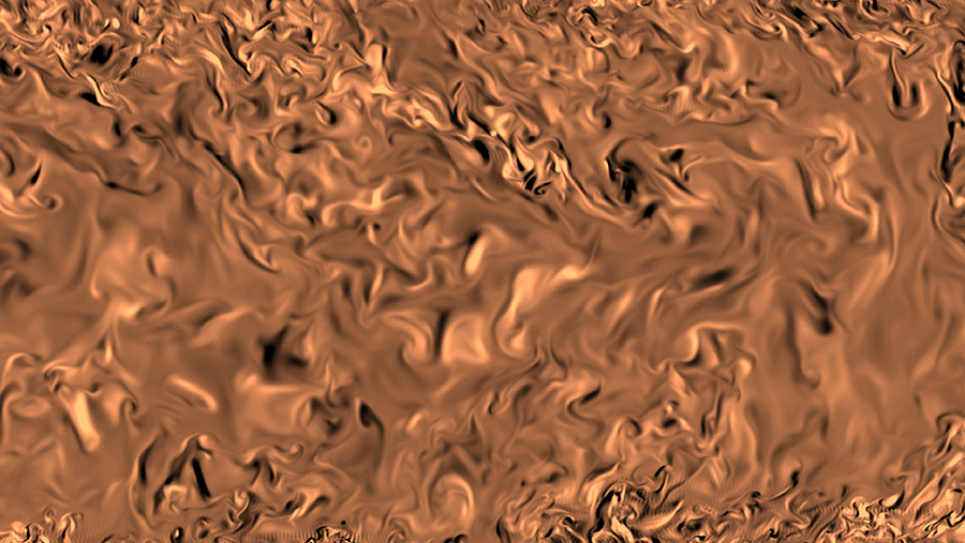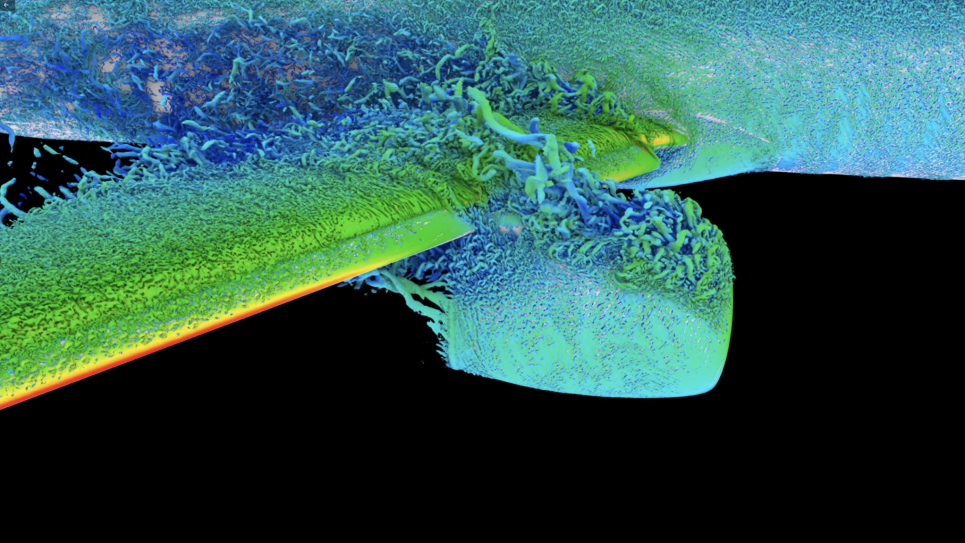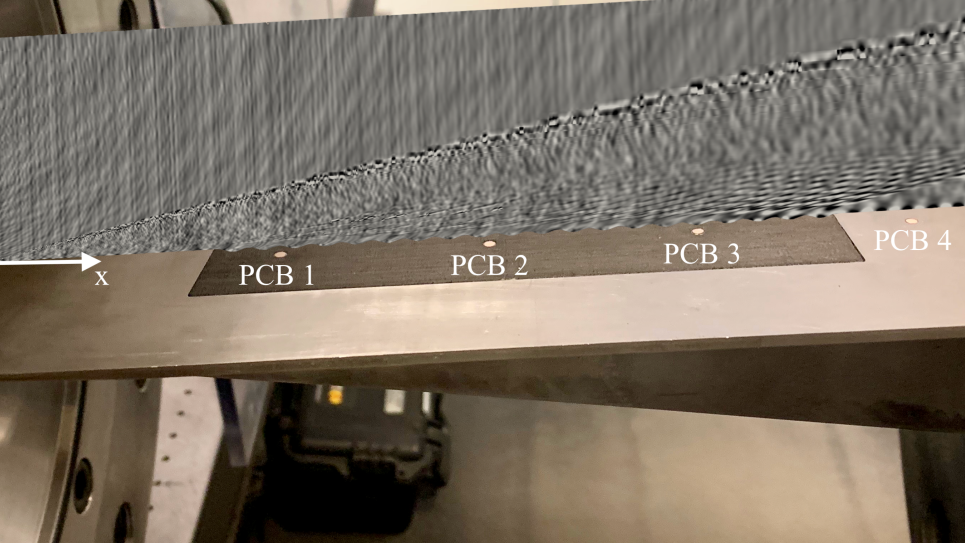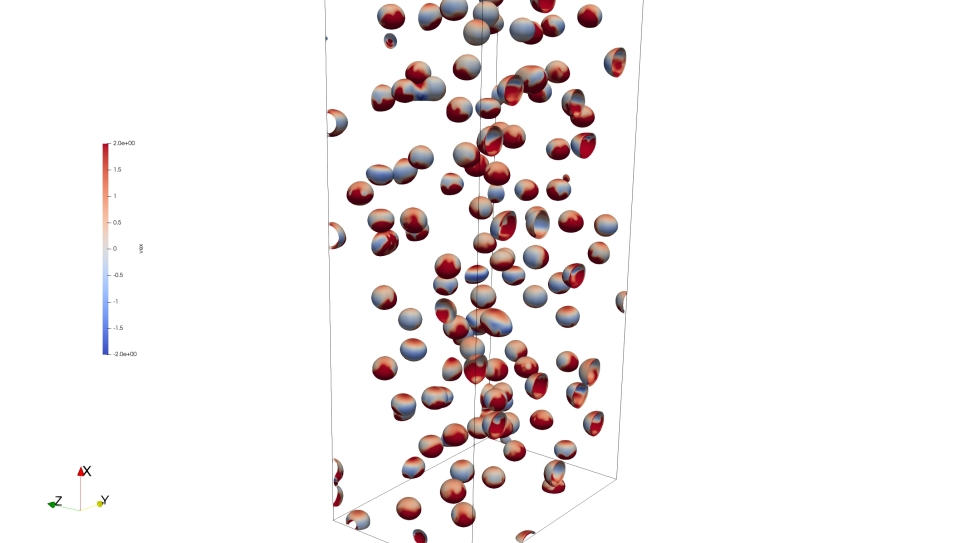
Direct Numerical Simulations of High Reynolds Number Turbulent Channel Flow
Approximately 28% of U.S. energy resources are expended on transportation, in which vehicles move through air or water, or fluids are transported through pipes and ducts. The energy expenditure is due to turbulence and the energy it dissipates. Since much of the drag in these flows is due to the turbulent skin friction, much of this energy consumption is caused directly by wall-bounded turbulent shear layers. Further, the remainder of the energy is dissipated primarily in the wakes of vehicles; the characteristics of which are also controlled by the turbulent boundary layers on the vehicle surfaces. The engineering design of these fluid systems, particularly to manipulate turbulent wall layers, is hindered by our poor understanding of the physics of turbulence in these flows.
We propose to use the petascale computing power of Mira, an IBM Blue Gene/Q, to perform direct numerical simulations (DNS) of high Reynolds number turbulent wall-bounded flow in a channel. This DNS is aimed at developing a nearly complete understanding of the phenomena dominating wall-bounded turbulence, which is central to the energy losses inherent in transportation.
The central emphasis of this research is on reaching a sufficiently high Reynolds number to explore the physics that arise in the overlap region. The overlap region is where the viscous near-wall turbulence interacts with the outer-layer turbulences. This interaction is key to understanding high Reynolds number turbulent wall layers. To investigate this interaction, it is necessary that the Reynolds number be sufficiently high so that there is a substantial disparity in scale between the inner and outer layers. The results can then be extrapolated to arbitrary Reynolds numbers. Analysis of recent DNS of channel flow at Reτ ≈ 1000 and 2000 indicate that Reτ ≈ 5000 on a 16384 × 1024 × 12288 grid should yield sufficient scale separation. This simulation will be performed using the supercomputing software that the proposing team has developed for Mira, an IBM Blue Gene/Q.


